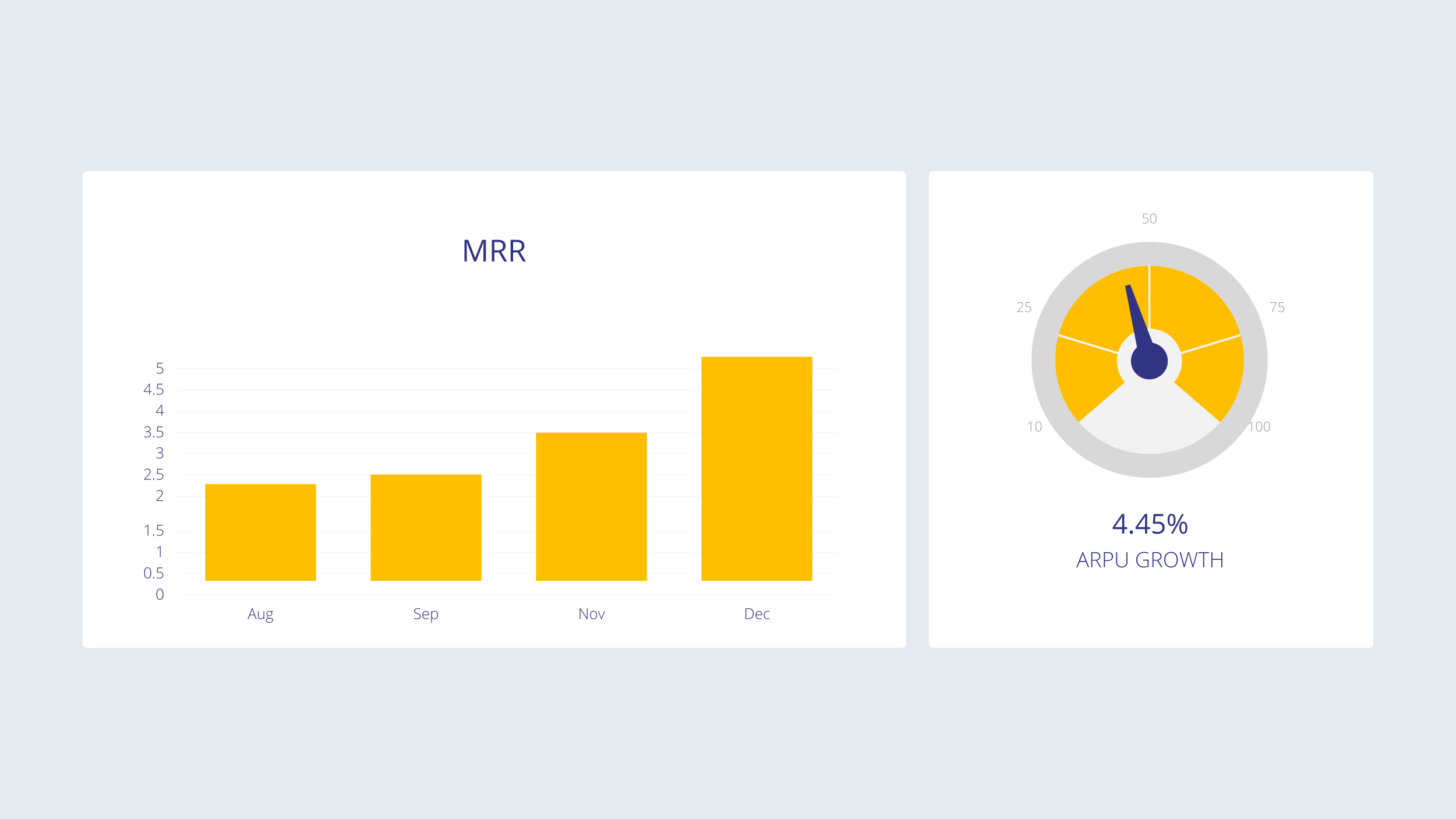
…And transform your SaaS revenue.
This article is intended for those software vendors that have multi-tenanted platforms with payments as a feature or are considering adding payments as a feature. We’ll show you how you can increase your revenue per customer by monetizing the payments that run through your platform. Read this if you’re a founder, in charge of revenue or want to know how customer success teams can deliver more.
Here are the strategies:
- Charge for the feature
- App fees
- Revenue shares with payment providers
- Usage billing
- Bundle payments
- Resell payment services
Most software vendors are getting smart to the idea that they can monetize payments and add an extra revenue line to their business beyond the license fee. It’s a great idea and there are a number of ways to do it. It’s about striking a balance between what you think this might deliver in revenue and what your customers will actually pay for. This is because playing around with the cost of the payments chain can be a sensitive issue for some industries and merchants.
The SaaS business model is evolving, we know that customer success teams are looking for ways to drive greater revenue from existing customers; whilst salespeople are looking for features like payments to drive appeal with more customers. A Payments feature increases lock-in and reduce churn, it’s one of the features that can not only differentiate your platform from the competition but also keeps your customers around for longer. This is because, firstly, moving on from an established revenue-generating process is perceived as riskier by the merchant and secondly, because if the software is helping the business get paid then it is definitely adding value and worth keeping.
The most profitable software business will find ways to have multiple revenue lines. We’ve seen many of our customers experiment with the following ideas to make payments a revenue and value driver for their businesses.
Charge for the feature
Many of our customers make payments a feature of their platform and see the payments module as an extra or add-on to a base pricing plan. It might be bundled into the more expensive plans whilst an add-on for the lower plans. This works well if payments are less central to your core functionality, but a great driver to get power users to upgrade or pay more for the feature.
Charging for payments this way is seen by merchants/customers as a more palatable way to pay for this functionality. It doesn’t add a cost on to every transaction, which many merchants don’t like since they don’t want to be penalised for success in this way. Plus their payments cost chain already includes a fee for every payment from their payment provider and other services like fraud, logistics etc.
Overall, this is a simple way to generate a revenue line from payments and it works well if you have a clearer idea of the levels of usage you will undertake. If you’re worried about usage or would like to charge more intelligently for usage then you could tier the price for the payments add-on. You could do this by adding transaction caps e.g. $10 per month for up to 1k transactions, $15 per month for 1k-2k transactions etc. Or you could just push the benefit into higher pricing plans e.g. silver plan gets 1k of transactions, gold gets 2k bundled.
App Fees
Sometimes called platform fees, this is a mechanism supported by a number of payment providers, where they allow you to add an amount to the transaction (% or fixed). The fee is then cut from the transaction (by the payment provider) amount and paid directly to the software vendor and the merchant gets the net of the payment.
This is a convenient and incremental way of monetizing payments. But it has a number of negatives attached to it. Firstly, not many payment providers support app fees; so if you need to run this model with a particular payment provider then it might not be possible.
Secondly, broadly merchants don’t like you adding on amounts to their payments when they’ve already negotiated rates with their payment provider. App fees can work smaller merchants who don’t know any better or don’t have alternatives. And with larger merchants where the fee is tiny compared to the average transaction amount.
Finally, app fees only work in simple basket environments where one merchant is knowingly getting charged a fee for a successful payment by the vendor. Anything more complicated then it begins to fal ldown. Not to mention what happens in refund scenarios, chargebacks etc… Does the vendor keep the fee, is that fair?..
Revenue shares with payment providers
If you have demonstrated a consistent payment volume and acquire new merchants then you might be able to do a revenue share deal with a payment provider. These range in terms of how they work, what you can earn and which providers support them. Payment providers use them as a way to incentivise new merchant signup and sometimes to increase volume and payment channels. Typically, you’ll find one of the following commercial models:
- One-off referral fee, where you will be given a “finders fee” for introducing a new merchant to the payment provider. Not very lucrative.
- A referral deal with a revenue share. This is where you get an ongoing slice of the profit that the providers are making for referring new merchants. This includes profit made outside of your platform.
- A revenue share of payments that run through your platform, so you would get a percentage of the volume you instruct. It’s usually measured in basis points since the share will be very small, but may result in a lot of revenue due to a high volume of payments from your platform.
- A combination of all the above.
The challenge is negotiating and managing these deals and that is if you can get one in the first place. You will likely have some commitments to uphold as well. It is a great way to create a revenue line if you can do it because the revenue paid to you will not impact the merchant and is performance-based. Shuttle offers a simple referral and revenue share agreement for all our recommended payment providers, saving you time and hassle in acquiring these deals, we also believe our terms will be better than you could negotiate on your own directly with a provider.
Usage billing
Alright, so this along with a revenue share is my favourite way to monetize payments but it is only relevant if you have certain business models or merchants who are not sensitive to being charged for payment volume through. It’s similar to the app fee method but is not fixed to a particular payment provider and therefore can have a blanket application. Unlike the app fee method the amount that the vendor earns is not cut out from the payment at the moment of transaction.
To make this usage billing work you would need to count the amount of transactions or the monetary amount over a period of time, then bill the user accordingly on a regular basis. It’s going to be easiest if you work with a billing platform to do this, probably the one you’re already using to collect your license fees. That way you can charge by payment volume in arrears on a monthly basis. We work with Billforward who can help with this process.
Where this gets complicated is if you are integrated into multiple payment providers and therefore have to catch multiple webhooks, normalize them and then pass them to your billing platform. Don’t worry, help is on hand from Shuttle as we provide our customers with one consistent webhook regardless of the payment service, this simplifies your life considerably.
Bundle payments
Ok, so this isn’t exactly monetizing payments directly but we’ve seen a number of our customers try the other ideas and end up just bundling payments as a more central feature and then charge more for their pricing plans.
This is potentially for the more mature vendors who know what kind of usage will occur from payments and are able to offer this feature as a way to retain and increase the price to existing customers. It can also seem appealing to new customers when they’re comparing a features list against price. Since payments are becoming more of a requirement and feature in many software-as-a-service platforms it’s not a bad idea. The downside is that it’s hard to move to another model once you’ve taken this route.
Resell payment services
Some vendors choose to resell payment provider services; there are a number of reasons why they do this plus a number of constraints.
The pros —
- You don’t have to work with lots of different payment providers
- You can resell payments with a mark-up
- You have a greater level of control and visibility over your merchants
The negatives —
- This will restrict the number of merchant/customers you can work with because they may not want your service or they might be in a country that is not able to be onboarded by your payment provider
- To get the higher levels of profit you will have to perform some of the processes, right up to KYC and some compliance with some providers. Do you really want this?!
- How are you going to convert customers who already have a payment provider?
- It’s going to take a lot of time, effort and unless you have the right type of customer base you won’t be able to resell payments to the majority
- You will have to become payments experts and build a team around the function, effectively eating into you margins
There are a number of payment providers who offer reselling and white-labelling of their services, Paysafe, WePay, Stripe, PayPal to name a few. We often speak to mature vendors who get dollar signs stuck in their eyes thinking that this will drive the greatest revenue from payments features. But from experience, they end up adding so much cost and complexity into their business and have to work with multiple providers in the end so they can onboard more customers. And then proportionally they would have done better doing it another way. It can certainly work as a strategy, but you’ve got to be willing and able to go the distance.
What’s right for you?
So there you have it, the most common ways to monetize payments for software vendors who have payments as a feature of their platform. There are other strategies too, if you want to know what they are then do get in touch with us. Overall, it’s a great way to increase revenue per customer, you can use the commission strategy alongside the other ideas to double-dip. If you’d like to make payments a feature, or you’re sick of doing payments in-house then do reach out, we’d be excited to help you reduce cost and increase your revenue line.



